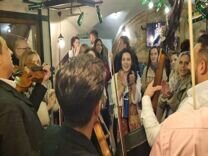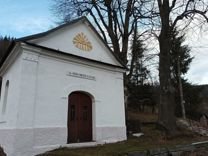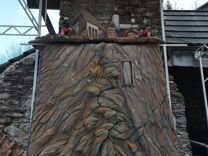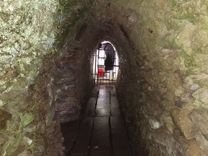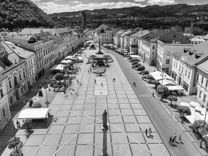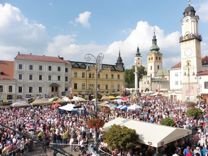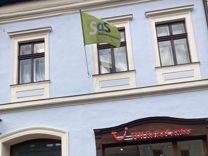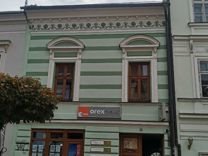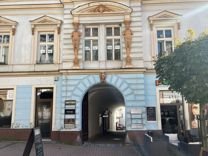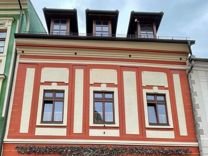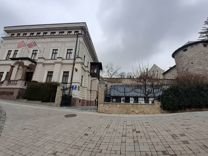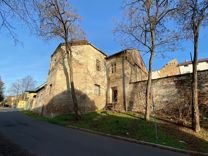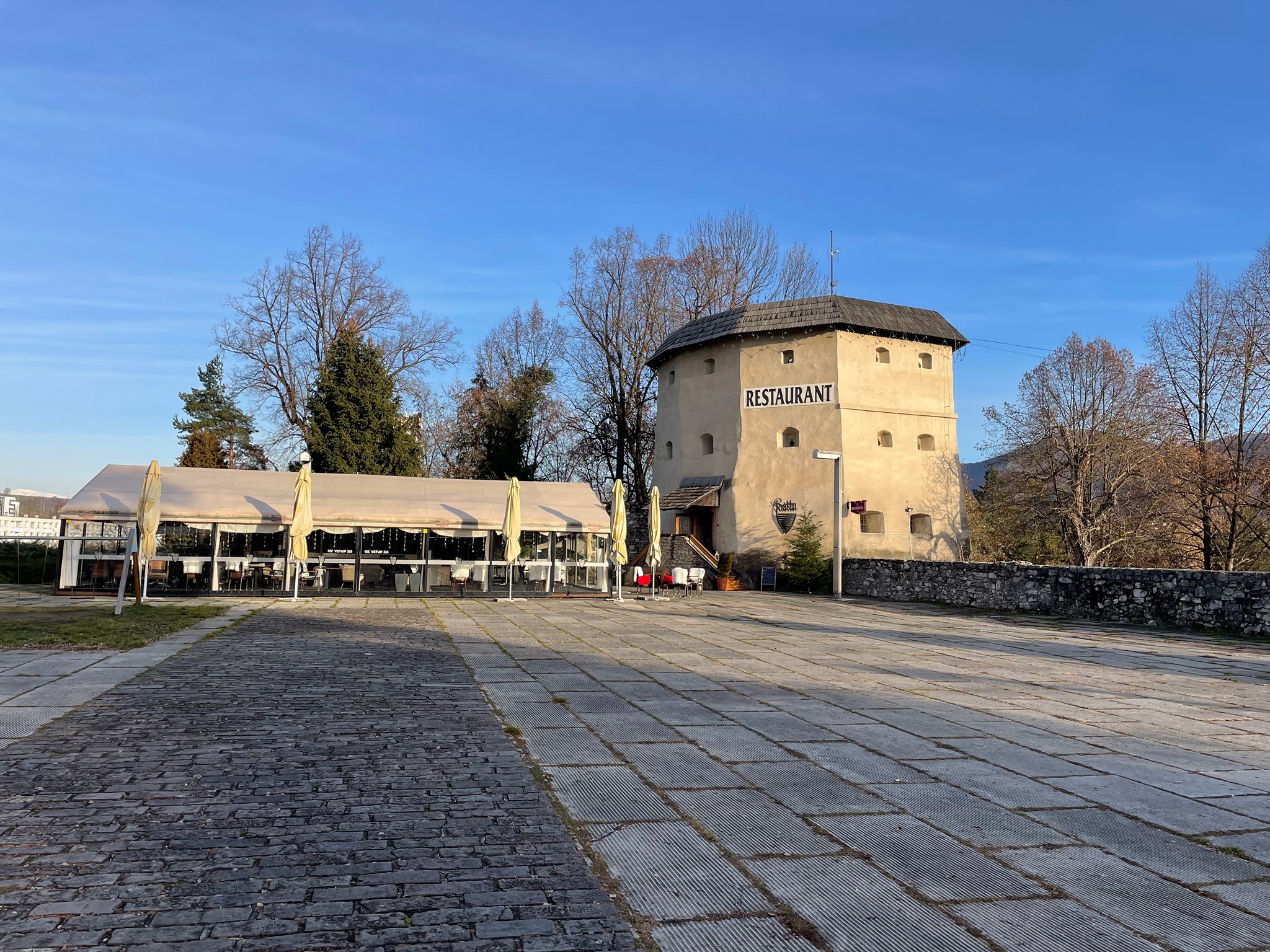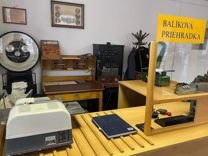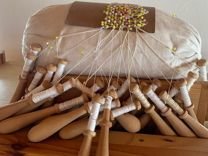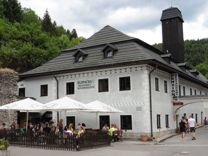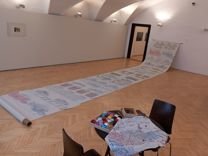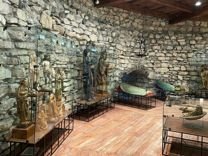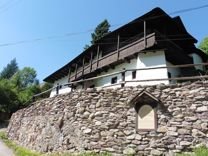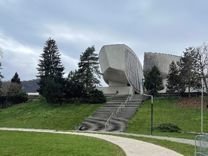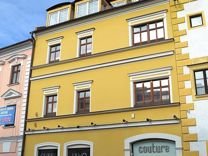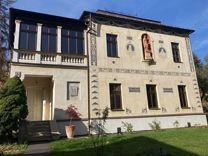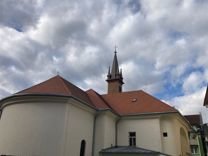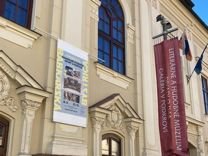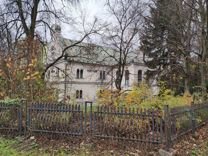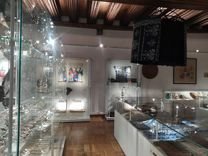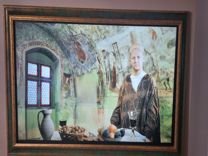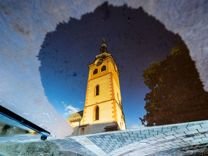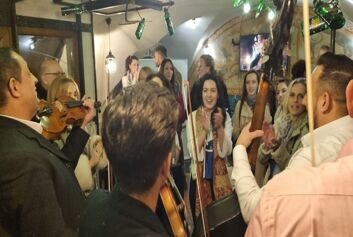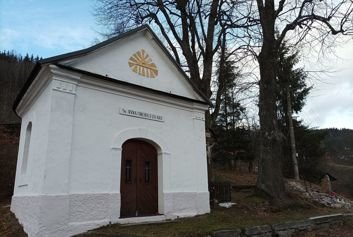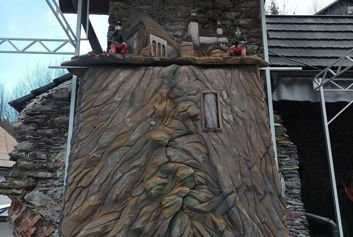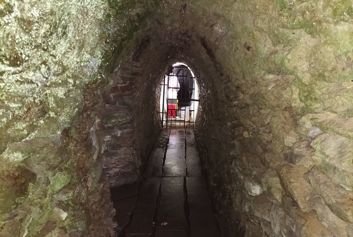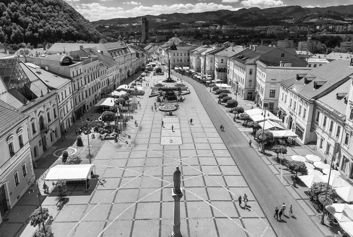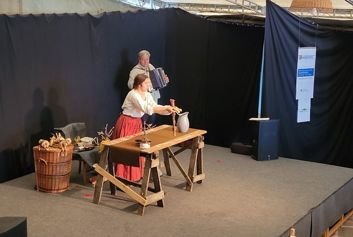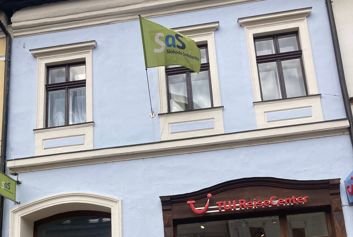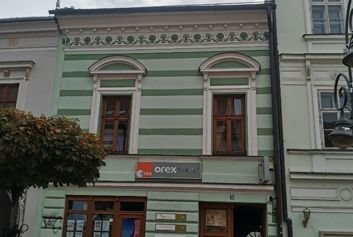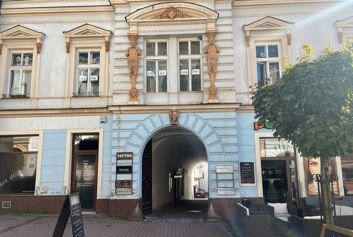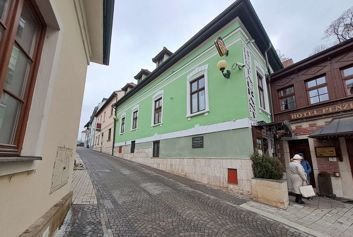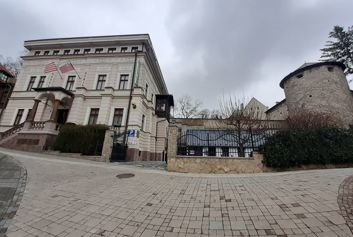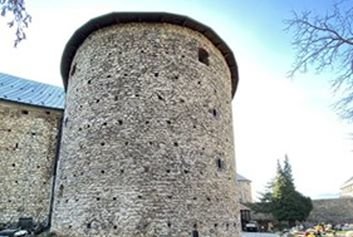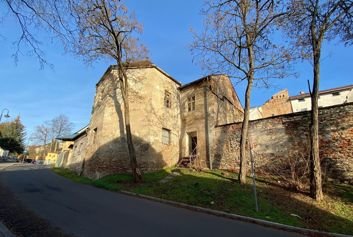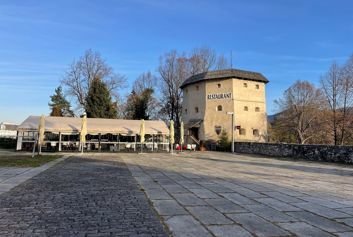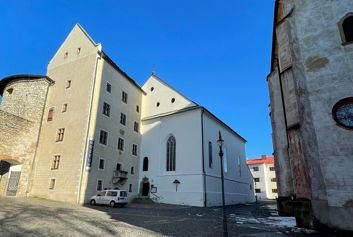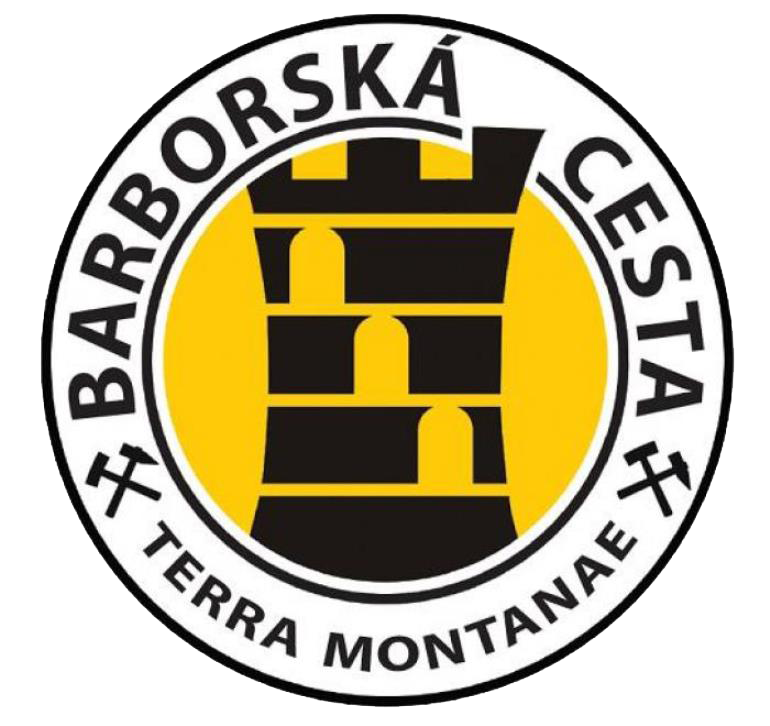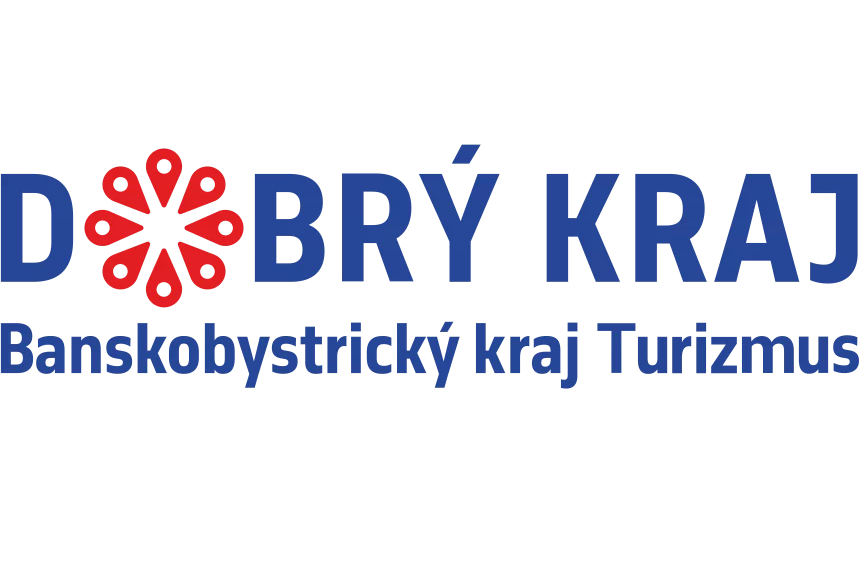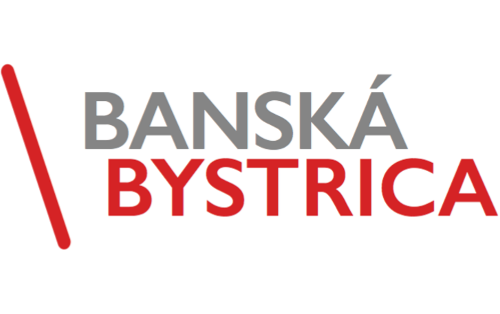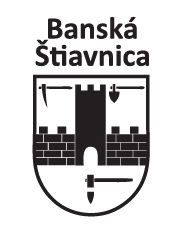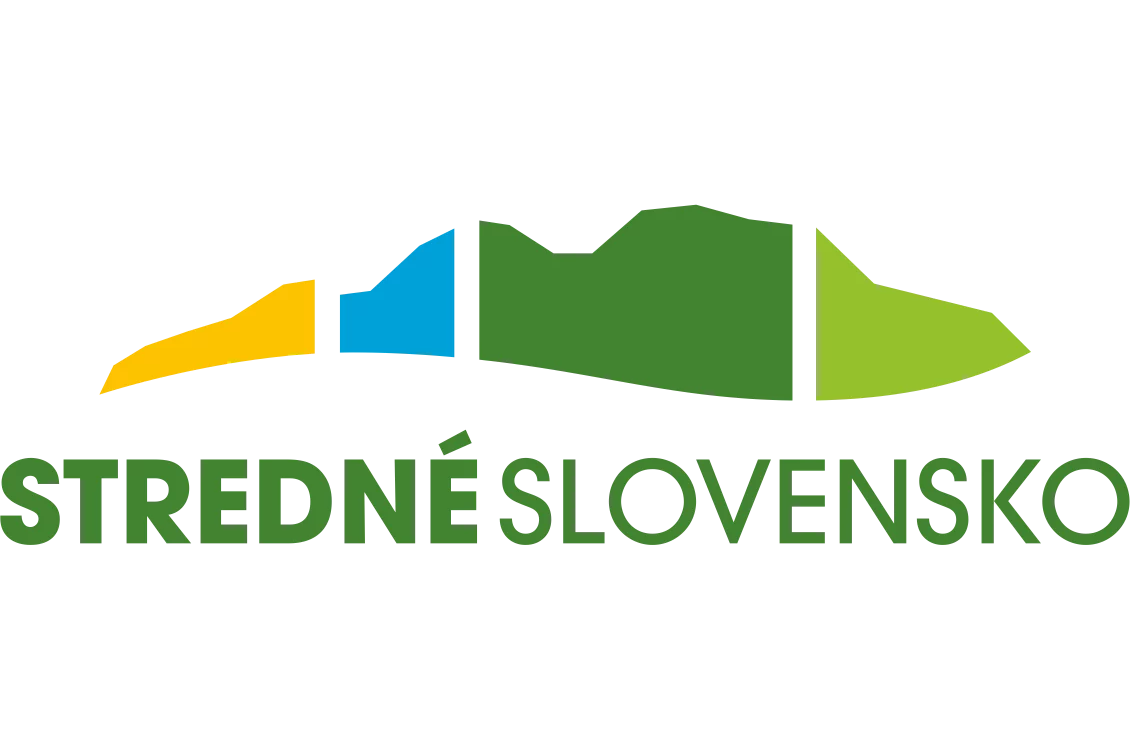Banská Bystrica
The city of Banská Bystrica – the heart of central Slovakia lies in the Zvolenská basin, in the valley of the Hron river between Kremnické and Starohorské mountains and Poľana. The city of Banská Bystrica is also known as the "City under Urpín". The history of the city began to be written in the 13th century. From the originally Slovak settlement of Bystrice, thanks to several families of Saxon colonists, who naturally created an economic-administrative and artisan base for mining production in this area, the importance of the settlement rose to such an extent that King Belo IV. in 1255 he promoted it to a city.
Banská Bystrica has gone through several stages of development since the granting of city rights and has been permanently inscribed not only in the history of Slovakia. 2005 also marked the 510th anniversary of the founding of the Thurzo-Fugger mining company. This media enterprise from Banská Bystrica with its huge complex of processing plants, well-thought-out organization of production, dense network of warehouses and double-entry bookkeeping was one of the largest and most modern early capitalist enterprises of its kind in European mining and metallurgy.
The city of Banská Bystrica was, as one of the first cities in Slovakia, declared an urban monument reserve. The most valuable sights include the area of the city castle (Barbakan), the square with the churches of the Virgin Mary and St. Cross, the old town hall, Matej's House, the Barbakan and the remains of the city fortifications. The heart of the city is the large, rectangular square of the Slovak National Uprising with the Marian column and the leaning clock tower. The square is bordered by sumptuous town houses, the most important of which are Beniczky´s House and Thurzo's House. The pedestrian zone from the square continues to Dolná Street, where the church of St. Elizabeth and Bethlen's House, in which the Transylvanian prince Bethlen was declared king of Hungary. Historic townhouses can also be admired on Lazovná and Horná Strieborná Streets. In the Tihányiovský mansion in the Radvaň district, there are exhibits of the natural history department of the Central Slovak Museum. The historical expositions of the Central Slovak Museum are located in the Thurzo and Matej Houses. Rare works of art are stored in three buildings of the Central Slovak Gallery: Pretórium, Bethlen House and Villa of Dominik Skutecký.
The city entered the modern history of Slovakia on 29 August 1944, when the Slovak National Uprising was declared here, armed resistance against the fascist occupation. After the liberation of the city in the Second World War, on 26 March, 1945, Banská Bystrica became one of the three economic and administrative centers of Slovakia. In 1955, the historic center of the city was declared a city monument reserve. After the abolition of the regions, the city quickly adapted to the new territorial-administrative conditions and began to build on banking, education, and tourism. With the establishment of Matej Bel University on 1 July, 1992, Banská Bystrica became one of the centers of higher education in Slovakia. Currently, Banská Bystrica, with 74,207 (2022) inhabitants, is the economic, administrative and cultural center of central Slovakia and the seat of the Banská Bystrica self-governing region.
Source: City of Banská Bystrica - https://www.banskabystrica.sk/zivot-v-meste/o-meste/historia/
